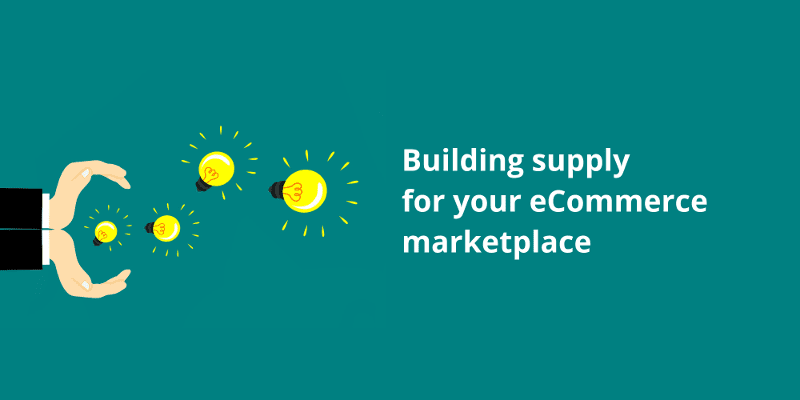Marketplace Seller Management: How to Build Supply for Your eCommerce Marketplace
Tweaking your supply growing strategy to the best-match providers’ characteristics and needs
Quality supply is a winning point in going from a “catch-22” problem of new virtual multi seller marketplaces (suppliers don’t join an eCommerce platform with no consumers, customers don’t come if there are no sellers), to a positive feedback loop (a high number of quality suppliers attract customers, while more consumers encourage sellers to join).
eCommerce marketplace platforms are trying to build supply using various approaches.
While Country Culture is finding the best artisans in distant corners of the country offline, OpenTable is engaging suppliers to the online marketplace store by offering them a great standalone software to cover their business needs.
To acquire the best vendors, both, approaches that work for all sellers, and those that are suitable for a particular shopping mall type, should be taken into account.
1. Tips and Tricks to Build Initial Supply
1.1 Finding sellers—the important points to consider
Besides the detailed guidelines in our How to attract sellers on your marketplace article, there are few other important points to bear in mind when building initial supply.
Focus on local market-by-market strategy
When searching for sellers, define from the outset what kind of supply network your eCommerce mall represents.
As considered in our article about The most common challenges with creating an online marketplace, there are two types of suppliers’ network. The global type, like Airbnb, grows naturally, and all virtual multi seller marketplace clients win from a new supplier that is joined from any geo since clients can travel anywhere on the globe.
However, if a virtual mall network is the root density type, like Uber (more suppliers-drivers that are joining a multi vendor platform, are enhancing only a certain geo where they join), then it would be better to build supply starting from a certain geo niche.
This helps to avoid losing supply that was initially built successfully.
Corey Quinn, the founder of MyTherapistMatch.com, an online marketplace store to find therapists, describes it as a “mistake of launching nationally.” Even though the suppliers were joining actively, the eCommerce shopping mall platform was launched on the national level, and, while the locally-targeted ad was the most effective to attract customers, driving leads for all therapists over the country, especially in tricky geos, was too costly.
So, it was impossible to ensure demand for all the suppliers, to motivate them to stay on the eCommerce marketplace platform. If the eCommerce mall embraced its local market first, it would be able to build a solid supply at one geo, and then move into the next largest market.
Find a source where you can gain both customers and suppliers
While building an online marketplace store requires taking care of two sides—customers and sellers, it would be possible to win both sides simultaneously if you define places like online forums, social network groups, and offline conferences, where both can be found.
It helps to solve the catch-22 or the chicken and egg problem (sellers don’t join a virtual multi seller marketplace with no demand, customers don’t come if there is no supply) in one fell swoop.
This is possible when suppliers themselves are the early adopters as customers, like in Fril, the online flea marketplace store (now acquired by Rakuten), where women are selling their clothes to each other, enabling supply and demand at the same time.
Etsy enabled supply by attracting a huge community of artisans, which were actively buying from each other as well.
1.2 The arguments to persuade suppliers
There are particular steps to run successful negotiations and convince sellers to join an eCommerce multi vendor marketplace:
- research competitor conditions, and sellers’ characteristics and needs—to form a better offer;
- offer special conditions;
- demonstrate how potential suppliers’ can solve challenges using your eCommerce shopping mall platform;
- showcase your virtual marketplace’ ecosystem and infrastructure advantages;
- offer value-added services.
These steps are described in detail in the article on How to attract sellers on your marketplace.
Besides, there are other important points that are convincing for potential sellers.
Demonstrate a good demand level
Even though there is no sustainable demand on a virtual mall yet, there are ways to use the “demand argument” to attract potential sellers:
- show the perspective—demonstrate promising and real ways that a virtual multi seller marketplace team can use to build demand: a community of potential customers (a popular social media account or a group, a mailing list), that was gathered or discovered in advance;
- offer an instant job—it is much easier to convince suppliers to join if you have an interesting offer at hand: Lexoo, an eCommerce marketplace platform to find lawyers, used this approach to attract initial supply by capturing customers’ inquiries, and offering them to potential suppliers.
Form a unique offer
Offering a lower price or special conditions is efficient but a quite common move to attract sellers. By creating a brand-new unique offer, you can quickly acquire suppliers from both short-term and long-term perspectives.
Stocksy, an online marketplace store for digital goods’ sharing, offers the opportunity of being a shareholder to its sellers:
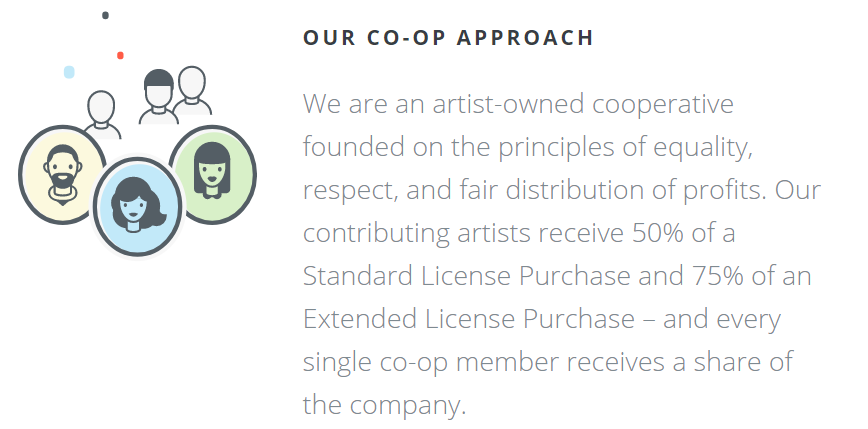
Provide a standalone valueTools that help suppliers in their business, and which they would use in any case, due to its convenience, are the huge factor for potential sellers to join your eCommerce mall, even if customers are not there yet.
OpenTable, an eCommerce multi vendor marketplace that helps to find and manage restaurant reservations, while collecting a lead generation fee from the restaurants as suppliers, is offering an advanced booking management system as standalone software for restaurants:

The eCommerce marketplace platform was attractive to its potential suppliers since this multi vendor software covers their business needs, so they were joining actively. When there were enough suppliers, the virtual mall invited customers to start making bookings on the eCommerce platform as well:

Besides the methods that are effective for supply building in general, it’s necessary to consider the particular approaches that work for different kinds of sellers.
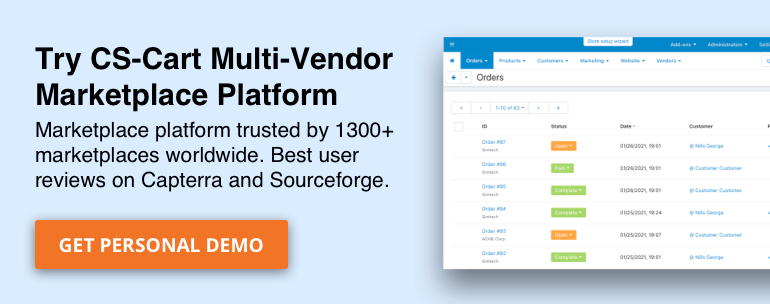
True Experience #1

Steve Gow is the co-founder of www.uppstart.io, an online marketplace powered by blockchain technology where art-lovers buy artwork online directly from independent artists and can re-sell it whenever they want for a low commission, a portion of which goes to the original artist as a resale royalty.

A big problem with building an online marketplace is the “chicken or the egg” problem. Do you start with building the product first or do you build the customers first? The answer is pretty clear in my view.
Focus on your vendors. You need chickens to lay the eggs so that you can go out and sell those eggs. Build a compelling and well-designed marketplace with low commissions and other competitive features that make it irresistible to sell in your marketplace as opposed to others. Manage the expectations of your initial vendors and let them know that it is going to take some time to get things up and running. Let them know you appreciate that they are taking a chance on you but the pay-off will be big because you are going to market those initial 10-20 vendors the same way that you would market 1,000 of them. If you are honest and open then your vendors will understand. Once you build a critical mass of vendors, then launch hard and bring in traffic. After the traffic comes in you will need to optimize your conversion rates and find your best sales channels. After a few sales and some initial traction, your vendors are going to start speaking your praise and you will find that more people are applying to sell on your marketplace than you are actively recruiting.
It’s tough to find reliable suppliers when you are building an online marketplace. Some rules of thumb I go by are to (1) make the vendor fill out your application form and agree to your terms of use even if you recruited them and (2) have at least one personal phone-call with each of your vendors. These two things will help weed out the vendors who are not really interested in selling on your marketplace or may just be interested in getting a back-link to their own site.
How do you convince vendors to join your marketplace? Target the vendors you want to recruit. Build a list and then contact them with a very short email that is no more than 3 paragraphs long. Focus on the value your marketplace provides that others don’t and ask them to set up a call if they are interested. Do not include links in any emails you send as this may flag you as spam. Use contact forms on vendor websites where possible to ensure your messages are getting to their inboxes. Also consider messaging them on social media (Instagram, Facebook or Twitter) to confirm they received your email.
You really need to make an effort with your first few vendors because it’s not easy to trust your product and reputation with a new untested marketplace. When we first started building UppstArt (an online marketplace for original art), it was VERY tough to recruit our first five artists. The one thing that helped us the most is the hundreds of artist interviews we did before we even started building anything. This is really important. Before you launch anything you need to talk to the people that are going to use your marketplace to make sure that what you are building actually has value.
These interviews will also help you to hear your customers’ pain points and directly address those pains in your terms of use and features on your marketplace. Once we actually built UppstArt, we went back to the artists who we had previously interviewed and said “Hey! Remember that thing we were talking about a few months back? Well we actually built it! Would you be willing to try it out?”. This worked because we had already made the personal connection previously through our interviews. A lot of entrepreneurs hate it, but you need to talk to your potential vendors and customers. Another key thing we did to recruit our initial vendors is we followed their social media accounts, commented on their posts and shared their artwork. We provided value to our artists before we even asked anything from them. This shows that you are committed and capable of marketing your vendors’ products because let’s face it, marketplaces are essentially marketing companies that take a commission for selling other people’s products. Your value is based on your ability to drive relevant traffic to your vendors and obtain sales through your marketplace.
2. Strategies That Suit Different Supplier Types
Characteristics of suppliers on different virtual multi seller marketplaces, and requirements to them vary: for a B2B platform, like Alibaba, it may be manufacturing organizations, while on a service-based eCommerce marketplace, like HomeHero, the suppliers-caregivers are individuals with certain personality traits and professional background.
Thus, the approach to building supply also differs for each of those supply types.
2.1 Business-to-Business sellers
The way you negotiate and convince B2B-sellers is different due to the very nature of those suppliers-legal entities.
Few decision-makers
In organizations, there can be few individuals who are in charge of the decision of whether they sell or not on an online marketplace store, and this brings few important points:
- shape the offer to embrace the needs and KPIs of all the people involved in the decision-making process;
- the negotiation process with B2B-sellers takes more time than with individual suppliers, thus it’s necessary to start communication long before your initial eCommerce marketplace platform is ready.
Online presence is built
- in most cases, organizations, unlike individual sellers, are present online in some ways, thus your offer should outperform or complement their existing online selling channels.
Infrastructure and routine
- organizations already have their own infrastructure and tech ecosystem (like CRM-system), so you should highlight that a flawless integration with your eCommerce shopping mall platform is possible;
- organizations very often have their own annual routine and policies: budget planning, online presence policies—bear it in mind when preparing an offer.
Sellers’ evaluation
There are two main ways to ensure the goods’ quality of a B2B-seller:
- evaluate their manufacturing or business facilities directly;
Alibaba is offering an inspection to ensure its B2B-sellers’ product quality and conformity:
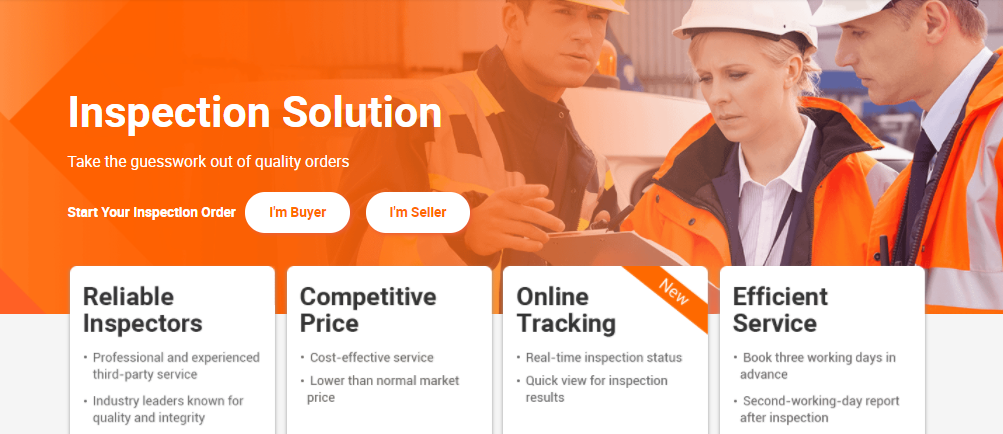
- go through the whole ordering process as a customer, including using (and even cleaning, to check the quality level) purchased items.
2.2 Service marketplaces’ suppliers
For a service eCommerce multi vendor marketplace, suppliers or property that they are renting out are the biggest assets. Besides, new suppliers often don’t know how to provide a taxi service, or which details to bear in mind when renting out their home online. Thus it’s crucial to focus both in creating an instructive and simple experience for suppliers, and being able to evaluate correctly their background and personality—or property they are sharing on a marketplace.
Applying process
As Mike Townsend, the founder of HomeHero, is mentioning, even the order of steps in the application plays an important role for a supplier.
When the virtual multi seller marketplace interchanged the order of two steps of their onboarding questionnaire and asked for SSN before the bank account information entered (since people generally aren’t up to putting bank info online), it increases the supply conversion to 14%.
When potential suppliers are applying online, they interact only with an application, so it should reflect precisely the demands it has over providers or their property.
If it’s a caregiver service, the main focus is on a supplier professional skills and personality.
An apartment rental platform would focus on both: a supplier’s ability to provide a good service and thorough information about the place a provider is renting out.
The Airbnb’s supplier application form:
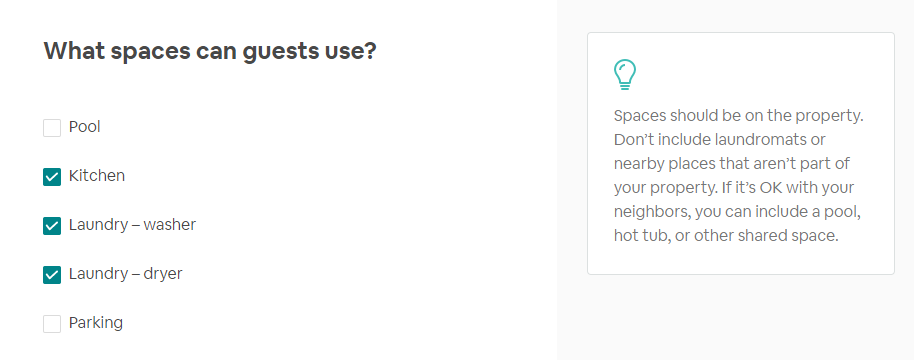
Define your supplier’s ideal portrait and routine
Outline a “supplier persona” on the basis of the following information:
- personality type;
- an average age level;
- income level;
- necessity for any kind of aptitude or background;
- define, is your marketplace a side gig or a main income source for potential suppliers;
- the potential providers’ daily routine.
This information would help you to create a compelling offer. Besides, knowing the potential suppliers’ daily routine helps to define the best way to find and communicate with them: where to place the advertisement, and what message to use.
Suppliers’ qualities and characteristics
To define the set of qualities that suppliers should fit, the following points should be considered:
- the primary needs of customers and the service concept;
- can suppliers be interchanged, or each of them represents a unique value—for example, all listings on Airbnb are unique, while the Uber’s drivers can be easily interchanged;
- what are the consequences if a supplier does an unqualified job—considering this point in advance would help to polish an ideal supplier profile and come up with a suitable insurance, as well as with proper measures to avoid those consequences;
- responsiveness : how quickly do you need a response from your suppliers—while an Uber driver should react to an order in a few minutes, a caregiver can set up a working schedule in advance;
- is a service carried out in person or virtually —for an online lawyer, the focus is on professional skills, while for a caregiver, who communicates in person with clients all day, personality is the main point.
After you define all the necessary qualities, it’s possible to build up an understanding of what kind of assessment (if any) is needed.
The suppliers’ evaluation process
There are different ways to assess suppliers: phone, video, or in-person interviews, questionnaires, background checking, and tests.
HomeHero is using the set of methods:

2.3 Physical goods’ vendors
Identify a unique inventorySince the physical goods’ e-commerce market is already a saturated one, the best types of suppliers to target are those who are not presently selling online: it’s easier to encourage and convince them, while they are usually bringing some of their offline buyers to an online marketplace store.
2.4 Provide support
Since the artisans and other individuals who sell their goods online mostly work being isolated in their workshops or in-house offices, they would appreciate all the support an eCommerce marketplace platform provides them:
- help to start a business: enable a business infrastructure—delivery, packaging, tech and business tools on the eCommerce shopping mall platform;
- educate: organize niche conferences or provide new and existing sellers with discounts to participate in meaningful professional workshops;
- provide suppliers the opportunity to join a community to discuss and solve problems, and to interact with each other.

True Experience #2

Dave Hermansen is a 15+ year eCommerce veteran. He’s been featured in national media several times as an e-commerce expert. Dave with his brothers and their office staff currently operates more than 30 eCommerce websites in addition to running an eCommerce training course and they have owned more than 100 web stores over the past decade.
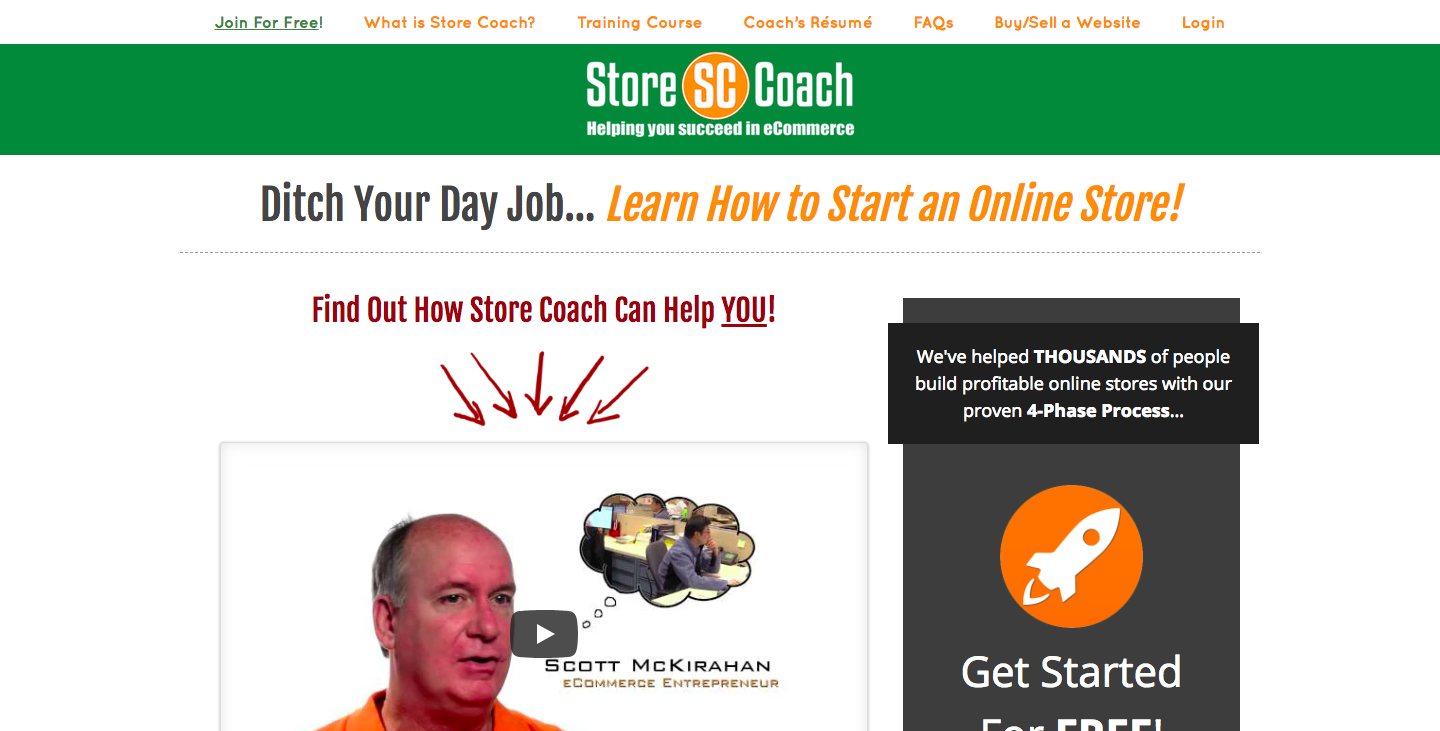
It’s a serious gamble starting right out of the box with a bunch of inventory, not knowing for sure if it will sell and how fast it will if it does. There are two ways of tackling that problem:
- If you can convince a supplier to dropship the first orders directly to your customers until you have a handle on the demand, that is the best possible solution – even if you have to pay more per item for them to do that. This gives you an opportunity to carry a wider range of products and truly see what sells and how fast. Even better, you can bulk order the things that definitely sell well while testing other products via dropshipping.
- If your supplier will not dropship directly to your customers, you can often convince them to take an order for a much smaller quantity than they usually have as their MOQ. If you can get away with ordering only 20 of something while you test the waters, it helps a lot!
To get the best idea on how popular something will be, we suggest testing those products on Amazon and eBay, even if it means you make very little or nothing for profit. If your products don’t move well on those platforms, it is highly unlikely that they will do well on your own website. If they do sell well on Amazon and/or eBay, you can immediately place a bulk order for those products and continue to sell on those platforms (if profitable) while you add them to your own website.
When an eCommerce mall is evolving quickly, approaches that worked in the beginning (like picking suppliers manually) won’t work after a few months.
The key to sustaining the growth of quality providers’ number is a supplier-based approach: vendors’ understanding—to build an offer that suits their needs, and the ability to execute correct sellers’ assessment—to match clients’ expectations.

Yan Anderson is the Head of Content Marketing at CS-Cart with over 10 years of experience in the eCommerce industry. He's passionate about explaining complicated things in simple terms. Yan has expertise in building, running and growing eCommerce marketplaces. He loves to educate people about best practices, new technologies, and trends in the global eCommerce industry.
